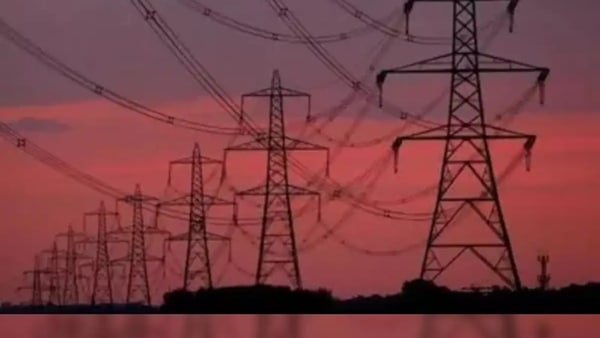Relaxation of Emission Norms for Thermal Generation Set to Decrease

The Indian government has revised its policy on sulphur emissions from coal-fired power plants, limiting the mandatory installation of flue gas desulphurisation (FGD) units to facilities located within 10 kilometers of cities with populations exceeding one million. This change, announced on Saturday, is expected to lower electricity costs by 25 to 30 paise per unit while exempting approximately 79% of the country’s thermal generation capacity from the previous blanket mandate. Environmental activists have raised concerns about the implications of this decision, arguing that it undermines efforts to combat pollution.
Policy Revision Details
The updated policy marks a significant shift from the 2015 mandate that required all coal-fired power plants to install FGD units. Under the new guidelines, only those plants situated near densely populated urban areas will be subject to the retrofitting requirement. Officials have described this recalibration as evidence-based, aiming to create a more focused and efficient approach to emissions control. They argue that the revised policy will allow for a case-by-case evaluation of new plants in critically polluted regions, rather than applying a one-size-fits-all solution that could lead to increased power costs.
The Central Pollution Control Board’s analysis supports this change, indicating that existing control measures may inadvertently lead to higher carbon dioxide emissions. Additionally, research from institutions such as IIT-Delhi and the National Institute of Advanced Studies suggests that sulphur dioxide levels in many areas of India are within acceptable limits, as defined by the National Ambient Air Quality Standards.
Industry Response and Economic Implications
Power producers have long opposed the universal FGD mandate, citing the exorbitant costs associated with retrofitting all plants. Industry estimates suggest that implementing FGDs across the board could cost around Rs 2.5 lakh crore, or approximately Rs 1.2 crore per megawatt. Such financial burdens would likely translate into higher electricity tariffs for consumers. The revised policy is seen as a relief for power producers, as it allows for differentiated compliance based on the proximity to urban centers and the sulphur content of the coal used.
Indian coal typically contains less than 0.5% sulphur, and favorable meteorological conditions help disperse sulphur dioxide emissions effectively. Measurements from various cities indicate that sulphur oxide levels are significantly below the NAAQS threshold, further supporting the argument for a more tailored approach to emissions control.
Environmental Concerns and Future Outlook
Despite the government’s rationale for the policy change, environmental activists have expressed strong criticism. They argue that exempting a large portion of thermal generation capacity from stringent emissions controls could exacerbate air quality issues in urban areas. Critics contend that the revised policy undermines the government’s commitment to addressing climate change and protecting public health.
Officials maintain that the new guidelines are designed to balance economic considerations with environmental responsibilities. They emphasize that the decision is informed by scientific studies and aims to ensure that power generation remains stable and affordable. As the energy landscape evolves, the effectiveness of this revised policy in achieving its intended goals will be closely monitored by both industry stakeholders and environmental advocates.
Observer Voice is the one stop site for National, International news, Sports, Editor’s Choice, Art/culture contents, Quotes and much more. We also cover historical contents. Historical contents includes World History, Indian History, and what happened today. The website also covers Entertainment across the India and World.

